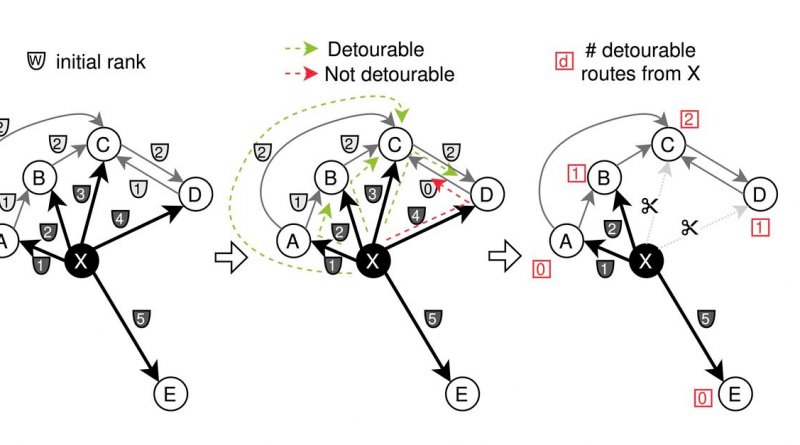Zilliz Introduces Milvus 2.4 with GPU Indexing Support for CAGRA
Zilliz, a trailblazer in vector database technology, is proud to announce the release of Milvus 2.4. This release sets a new standard in vector search capabilities with a groundbreaking GPU indexing feature powered by NVIDIA’s CUDA-Accelerated Graph Index for Vector Retrieval (CAGRA), part of the RAPIDS cuVS library.
Building on Zilliz’s commitment to innovation, Milvus 2.4 has enhanced GPU indexing capabilities since the introduction of GPU IVF-Flat and GPU IVF-PQ indexes last year. GPU Indexing represents a significant milestone in vector database technology, propelling Milvus 2.4 further ahead of traditional CPU-based indexes like HNSW. Leveraging the power of GPU acceleration, Milvus 2.4 delivers remarkable performance gains, particularly under large datasets, ensuring lightning-fast search responses and unparalleled efficiency for developers.
Accelerated vector search capabilities are crucial to improving retrieval-augmented generation workflows. Customers can use Milvus with NVIDIA NeMo Retriever microservices, announced at NVIDIA GTC, a global AI conference.
“We are thrilled to introduce the next-gen GPU indexing in Milvus 2.4, a release that underscores our commitment to advancing the field of vector database technology with GPUs,” said Charles Xie, CEO at Zilliz. “These features empower developers with unparalleled capabilities, enabling them to build highly efficient and scalable applications that leverage the combination of vector search and GPUs.”
“Vector databases play a pivotal role in powering AI models,” said John Zedlewski, Senior Director of Accelerated Data Science at NVIDIA. “Bringing GPU acceleration to Milvus 2.4 with cuVS will improve a broad range of generative AI applications built on vector search, including NVIDIA NeMo Retriever.”
In addition to GPU Indexing, Milvus 2.4 supports GPU-based brute force search, further enhancing recall performance without sacrificing speed. This combination of features empowers developers to build highly efficient and scalable applications that leverage the full potential of vector search technology.

